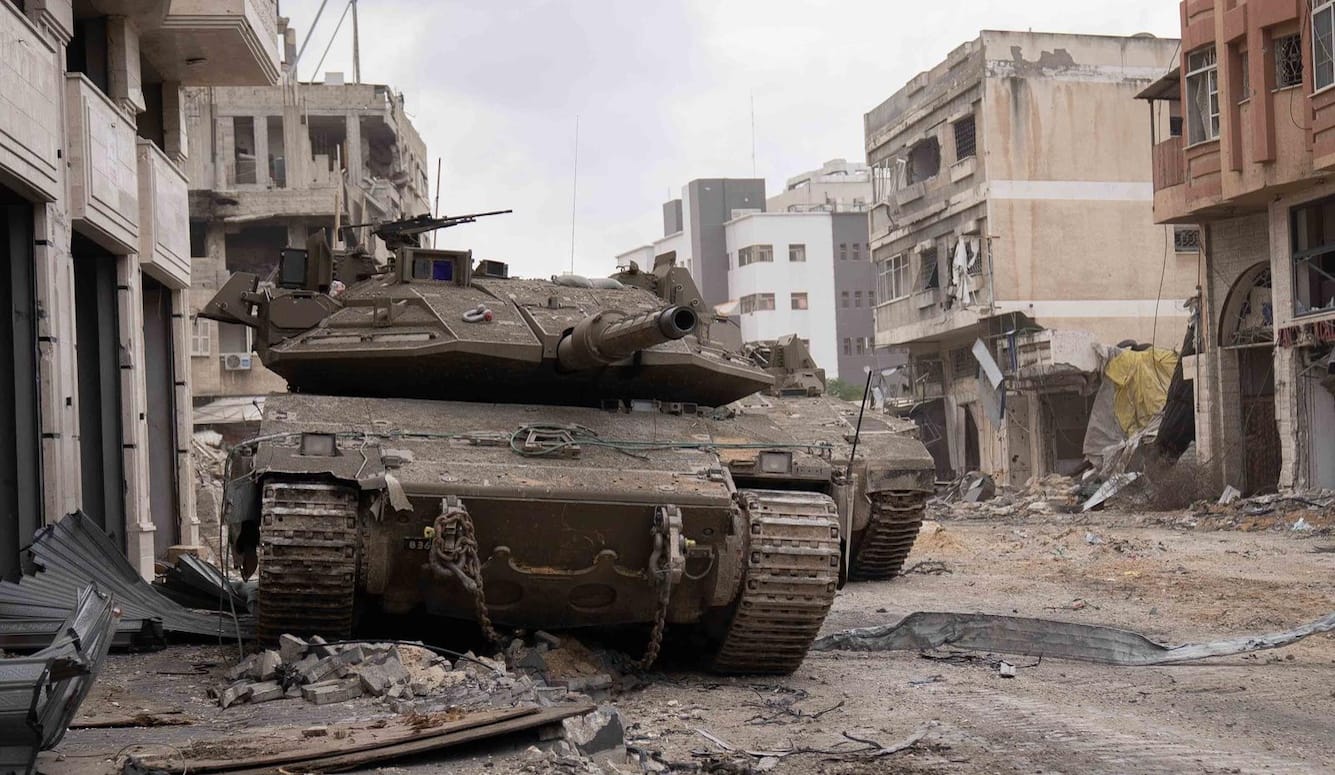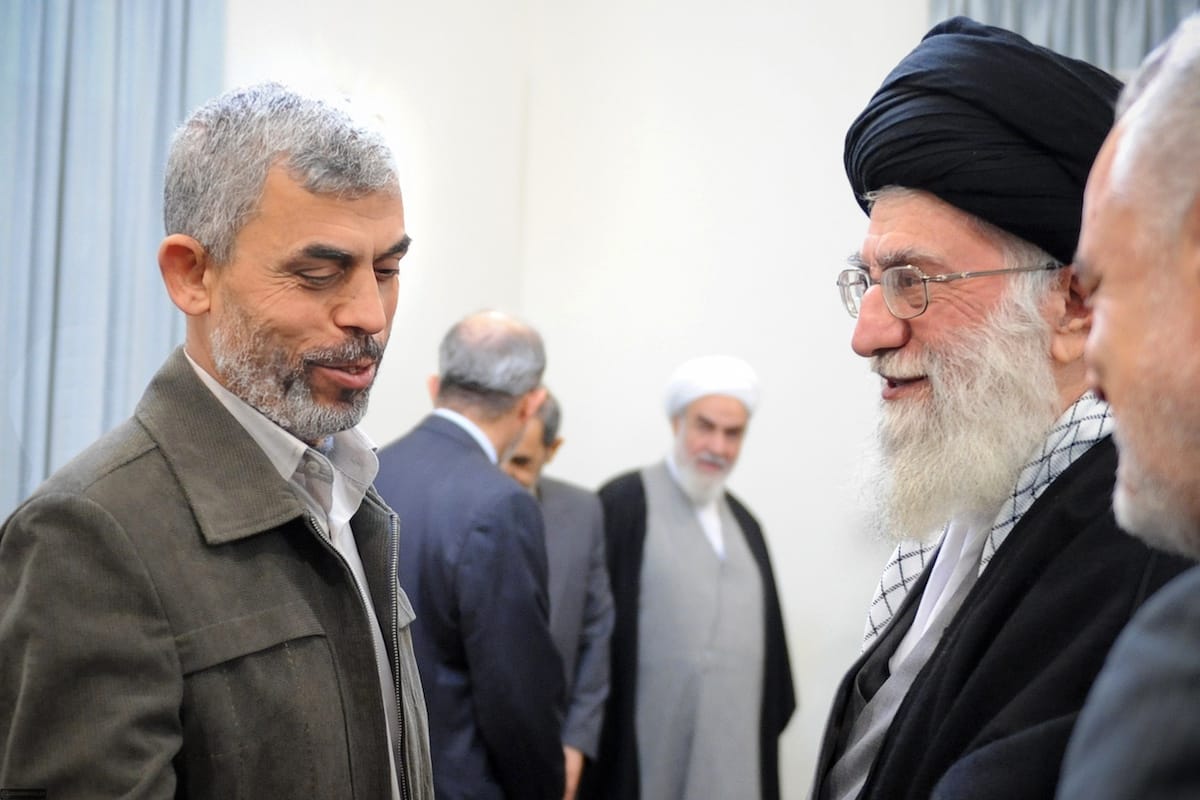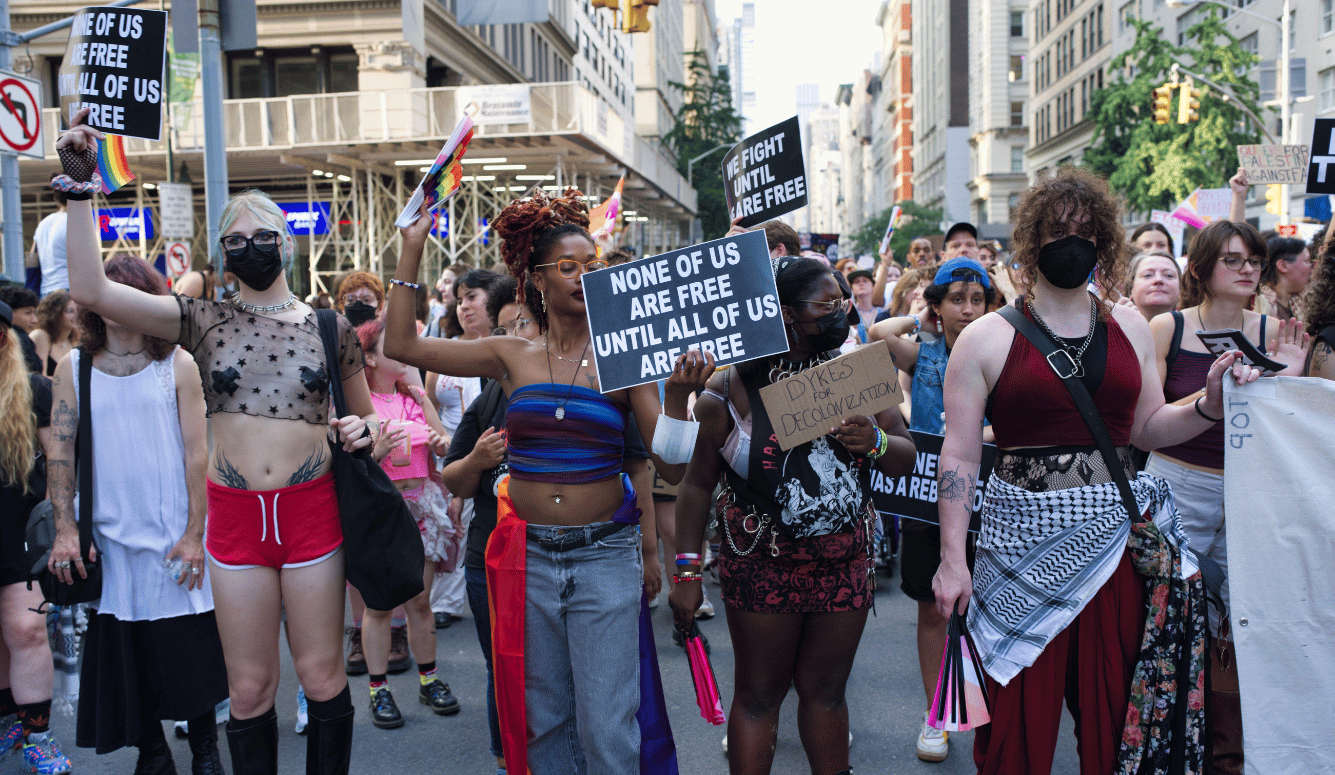Israel
Israel’s Hard-Won Victory
The Jewish state has secured its borders, recovered all living hostages, and put its enemies on notice as to what awaits them if they attempt a reprise of 7 October.

Last week, The New York Times and Israeli sources reported on the discovery of a six-page 2022 memo believed to have been authored by former Hamas leader Yahya Sinwar (1962–2024), detailing his early plans for the 7 October 2023 terrorist attacks. The news was overshadowed by the emerging American-brokered ceasefire, which is unfortunate, as the document does much to clarify why and how this war began in the first place.
Hamas’s 7 October attacks killed almost 1,200 people, and featured numerous instances of terroristic sadism—including the deliberate slaughter of more than three dozen children, and the gang rape of women prior to their execution. Such acts were consistent with Sinwar’s apocalyptic theory of Islamic holy war, which he’d originally set out in a 2004 novel featuring a heroic Palestinian “martyr” cutting down Jews “like sheep.” His 2022 document was a plan for how to bring such dark fantasies to life. “Document the scenes of horror, now, and broadcast them on TV channels to the whole world,” one of his commanders instructed Hamas fighters attacking a kibbutz. “Slaughter them. End the children of Israel.”
That morbid exhortation wasn’t intended to be metaphorical: Sinwar saw these attacks as just the first step in a larger confrontation that would end in Israel’s literal destruction.
According to his plan, Hamas fighters would seize and hold Israeli military objectives and population centres, while Arab residents of Israel, the West Bank, and East Jerusalem, in addition to Iran and its Lebanese proxy, Hezbollah, would stage their own attacks; having been inspired by graphic scenes of carnage perpetrated by Hamas. “Images must be released which will trigger a surge of euphoria, frenzy, and momentum among… our entire Islamic nation,” Sinwar wrote. “This is meant to spur them to respond to the calls to rise up and revolt.”

For two years, Hamas apologists in the West have been referring euphemistically to the 7 October attack as a grassroots act of decolonial “resistance.” In fact, it was a pre-planned act of mass murder, performed at the behest of a lifelong sadist who’d been rhapsodising publicly about annihilating Jews for decades.
Sinwar warned Hamas commanders that if the climate of murderous chaos they sowed didn’t prevent Israel from launching an effective counterattack, then “the situation will turn against us in the worst possible way”—which, of course, is exactly what happened. While Sinwar got the horrifying spectacle he craved, his gambit proved a strategic catastrophe. Israel properly interpreted the attack as an all-out declaration of war, and responded accordingly—laying waste to Hamas’s arsenals in Gaza, blowing up tunnel networks, and systematically decimating Hamas paramilitary units that attempted to engage with Israeli forces. Sinwar himself was killed, along with Hamas’s other 7 October planners and leaders, including Ismail Haniyeh, Mohammed Deif, and Marwan Issa.





